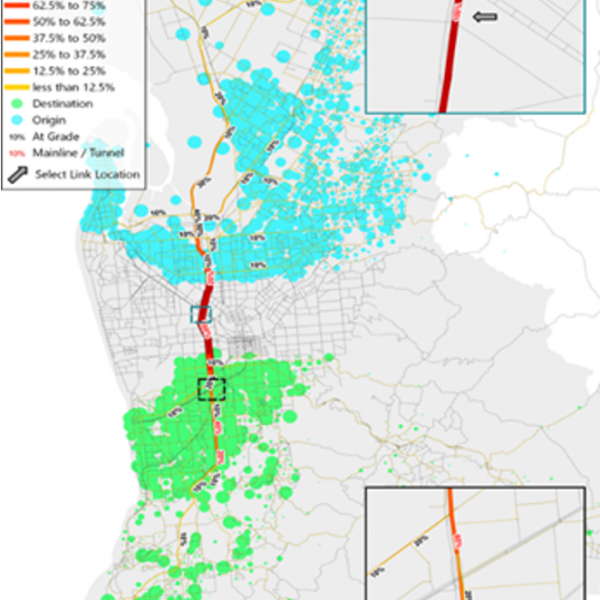
North-South Corridor (Torrens to Darlington) Demand Modelling
End client
Department of Infrastructure and Transport
Services
Location
VLC undertook demand forecasting to inform the development of the North-South Corridor Business Case. The modelling was used as supplementary modelling by the South Australian Government. The NS corridor has now progressed to the delivery phase.
Client requirements
The Department of Infrastructure and Transport (DIT) requested transport modelling to assess the suitability of the MASTEM model of Adelaide as the basis for economic analysis and the estimation of project benefits for the North-South Corridor. VLC was requested to undertake a series of forecasts and sensitivity tests, prepare reports outlining model architecture, validation, and forecast sensitivities. In addition, DIT requested VLC to prepare demographic forecasts for Greater Adelaide as inputs to both the MASTEM and Zenith models of Greater Adelaide. VLC’s team worked collaboratively with the Planning and Land Use Services unit within the Attorney General’s Department to develop demographic forecasts that were ultimately endorsed as accurately reflecting the Government’s growth management strategy and land use planning and for use in the final business case for the North-South Corridor.
Delivered outcome
VLC delivered demand forecasts that DIT used to assess the suitability of MASTEM to forecast traffic. The reports presented the spatial distribution of travel time benefits and maps showing the origins and destinations of project users from the demand forecasts.
Ultimately MASTEM was used by DIT to estimate project benefits. Nevertheless, DIT requested that VLC undertake modelling of all scenarios and these forecasts were used by the project team when reviewing demands from MASTEM. VLC produced transport modelling reports that were appended to the final business case documentation.
In addition to preparing demographic inputs and demand forecasts, VLC briefed senior executives and shared information using VLC’s Planwisely. VLC worked with the broader project team providing insight into network performance and project refinements that could lead to higher benefits and lower costs.

